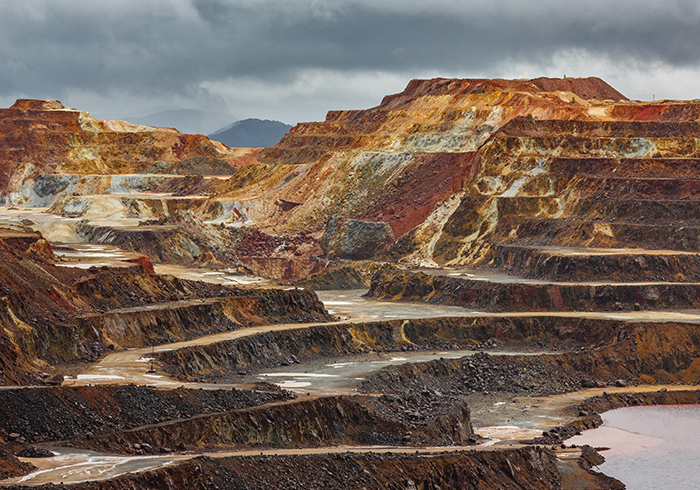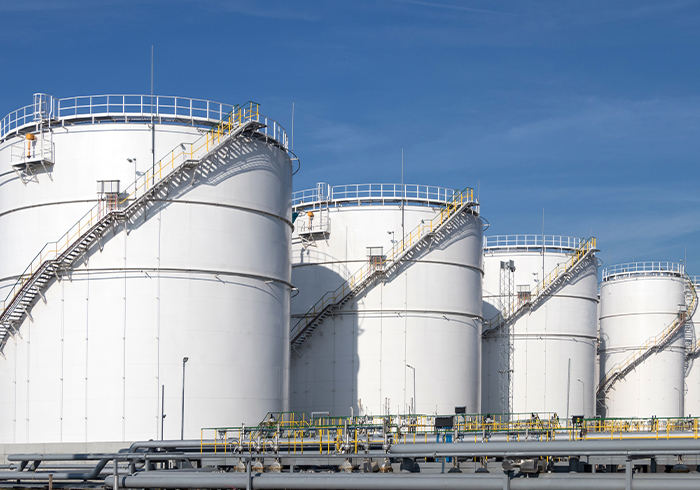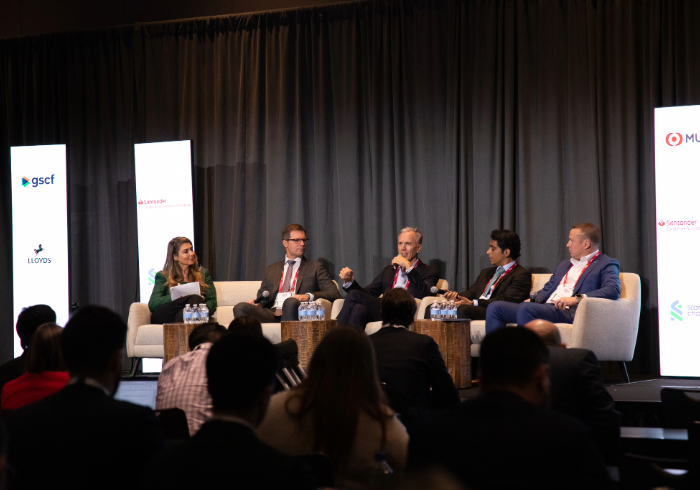Nearly US$5tn in capital expenditure could be needed to address a looming shortfall in metals supply, consultancy giant McKinsey says, but low commodity prices continue to make projects uneconomic.
McKinsey has long warned that demand for commodities such as copper, nickel and lithium is expected to exceed supply by 2035, with mining projects not expanding quickly enough to keep up with the energy transition and widespread electrification.
In a report published on October 7, McKinsey says demand for several metals – notably copper, steel and aluminium – may not reach the heights previously forecast as momentum behind the energy transition stalls, particularly in western markets.
However, it says anticipated supply is also slowing, driven in part by persistently low commodity prices that act as a drag on investment in mining and development.
Achieving supply-demand balance by 2035 could require as much as US$4.7tn in industry-wide capital expenditure, as well as hundreds of gigawatts in additional power capacity, the report says.
The International Monetary Fund estimated last year that the shortfall in mining investment then stood at US$225bn, and that the renewable energy industry alone was likely to need 250 new mines for copper, lithium, nickel and cobalt.
McKinsey notes that the majority of global reserves are located outside the top three supply countries, including 62% of copper, 44% of rare earth elements and 36% of lithium, meaning large-scale diversification holds “significant opportunities”.
But according to the report, copper would need to increase in price by at least 19% from last year’s average to incentivise the amount of investment required. The equivalent figure for nickel is 16% and for lithium is 28%, it says.
The report adds that several projects already announced “are not likely to be cost-competitive”, and that even if all projects were to come online on time, the EU and the US “would still be dependent on imports for most commodities”.
With supply of metals becoming increasingly concentrated within major producing countries, for both raw materials and refined goods, importing nations are exposed to trade restrictive measures such as export barriers.
For example, export controls in China have led to delays and shortages across the rare earths value chain, even causing temporary production halts in the automotive sector, it says.
At the same time, African nations are increasingly imposing export barriers on ore and concentrates in order to encourage local processing.
McKinsey says such measures “have targeted almost all commodities with high concentration and economic importance”.
The consulting firm has previously suggested that large commodity traders could play a significant role in diversifying sources of supply – for instance, by bringing greater liquidity and risk management tools to the market.
Over the past year, several large traders traditionally focused on energy have turned their attention to the sector, expanding their metals desks and providing more pre-payment and early-stage financing for mining projects.
McKinsey suggests that companies consider expanding into new geographies and materials, including by unlocking value from scrap, recycling and niche high-growth sectors.
Productivity is also rebounding as a result of evolving practices and technology, such as battery chemistry innovation and deep-sea mining, it says.
There are also increasingly favourable conditions in the mining insurance market, according to a report published today by WTW’s natural resources division. The sector has attracted an influx of reinsurance capital, boosting capacity and coverage, it adds.
Will Fremlin-Key, the division’s global mining and metals leader, says it is “undoubtably… a good time to be a buyer of insurance”, though warns a significant market loss could cause rates to rise and terms to tighten.








